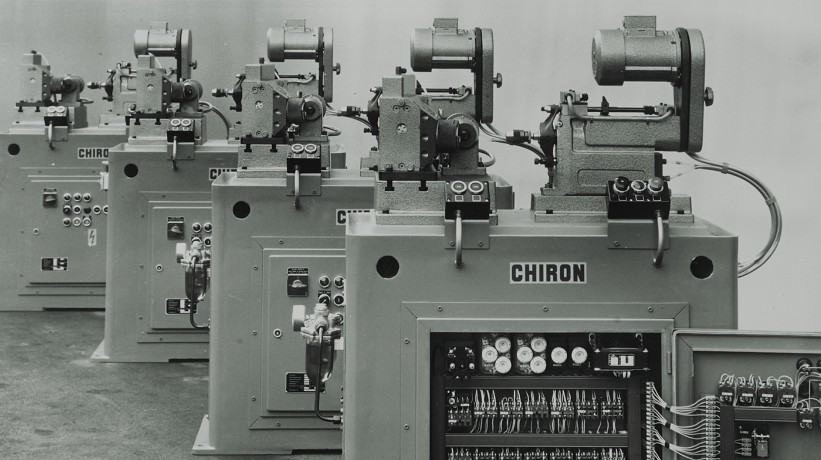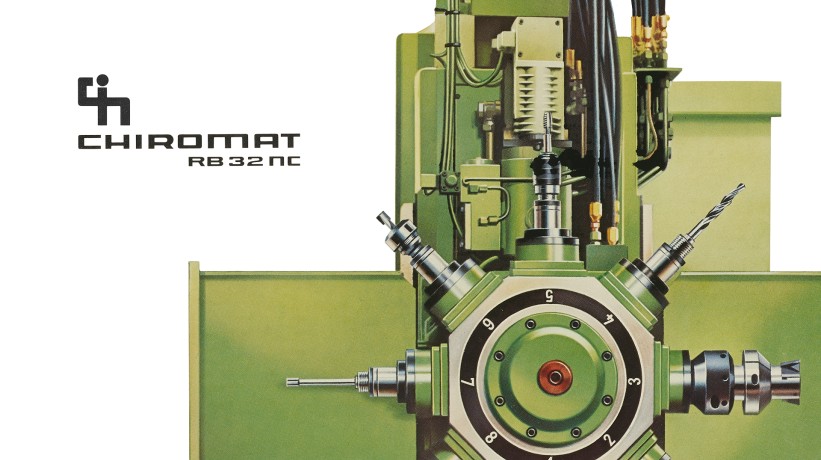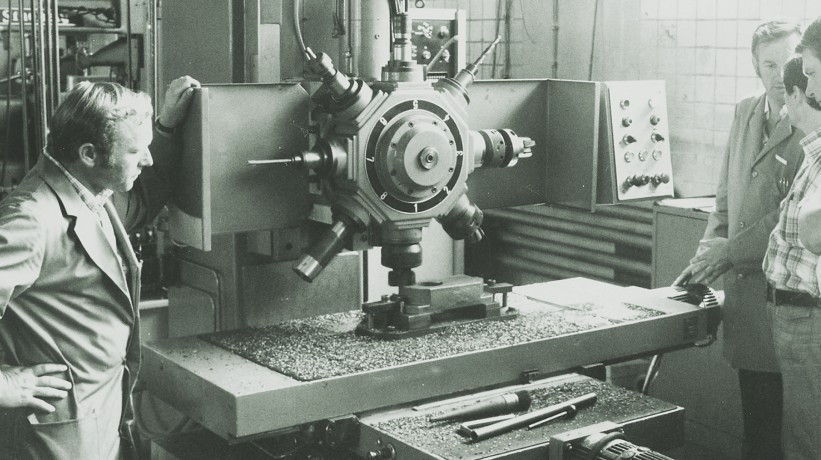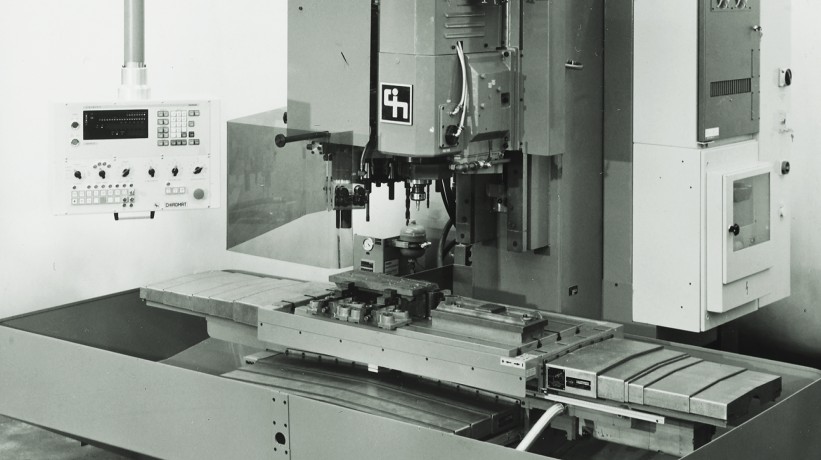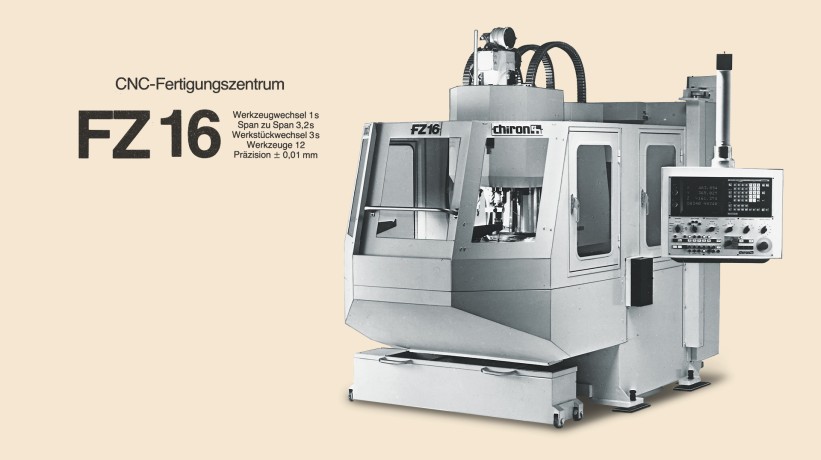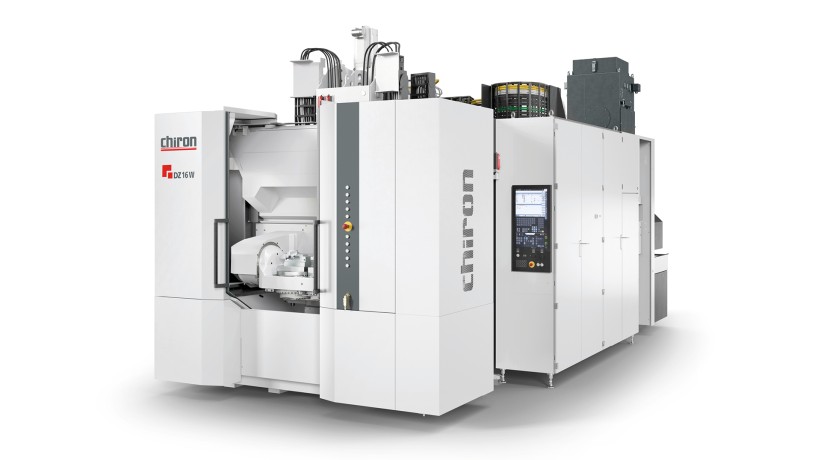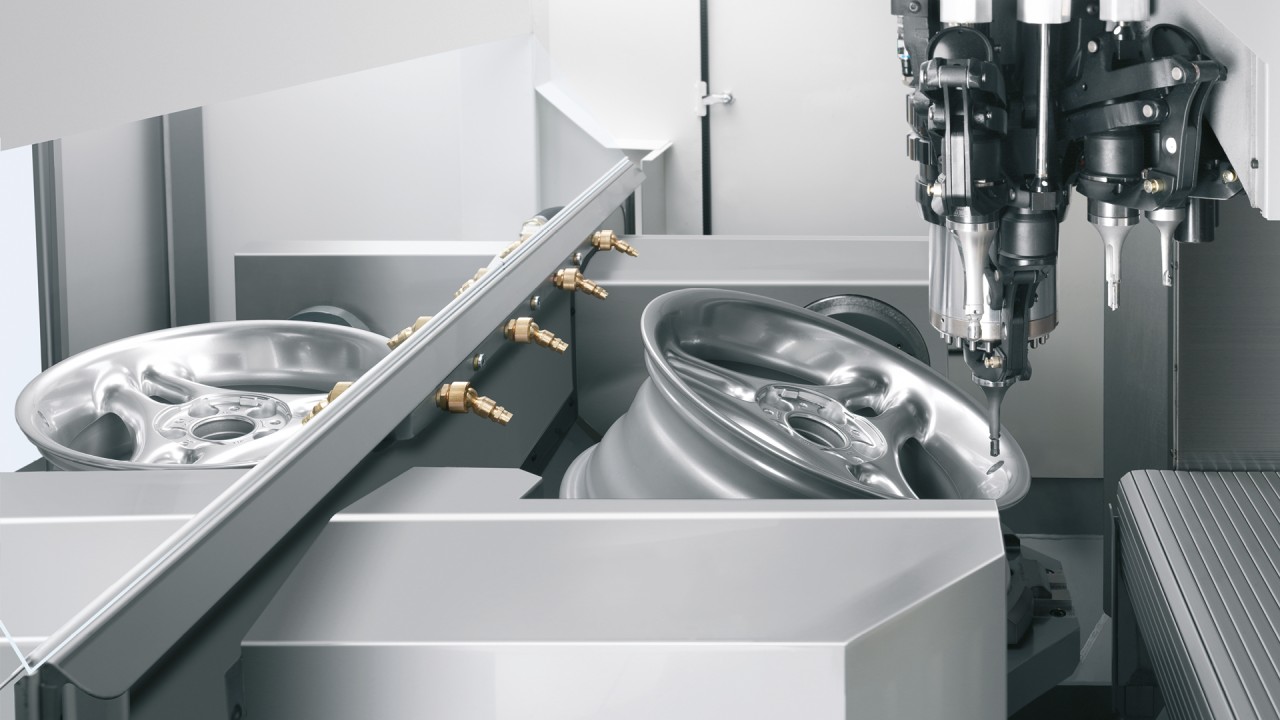The CHIRON Group's
machining centers enable precise, productive and flexible manufacturing in the
automotive, aerospace, mechanical engineering, medical technology, tool
manufacturing and precision technology industries. The fact that the company
has these areas of expertise is no accident but the result of »continuity in
mechanical engineering, combined with drastic change in technology and the
product range,« says Dr. Armin Schmiederberg, Chairman of the Board at the
CHIRON Group SE.
»It's noteworthy that CHIRON has created a new product range three times [...]: Surgical equipment, pressurized-air devices and machining centers.«
CHIRON publication »Recollections – The history of a company«, 2016
Where
everything began: Surgical equipment
»Fabriken für feinmechanische Apparate und chirurgische
Instrumente GmbH« – a precision appliance and surgical instrument manufacturing
company – was founded by Otto Staebler and Gottfried Schnell in 1921. This was
made possible by the invention of »stainless steel« in 1912 and the filing of
another patent by Friedrich Krupp AG in 1919 which permitted stainless steel to
be used in medicine. Both of the founders were quick to recognize the huge
potential of this material revolution. The company went on to produce
instruments that had not previously existed, which were precise, extremely
sharp, stable and could be sterilized without any difficulty. By the end of the
1930s, the product range already comprised around 30,000 medical technology
products. CHIRON, together with other companies, established Tuttlingen's
reputation as the »global center of medical technology« and would continue to
offer this product line into the 1970s.
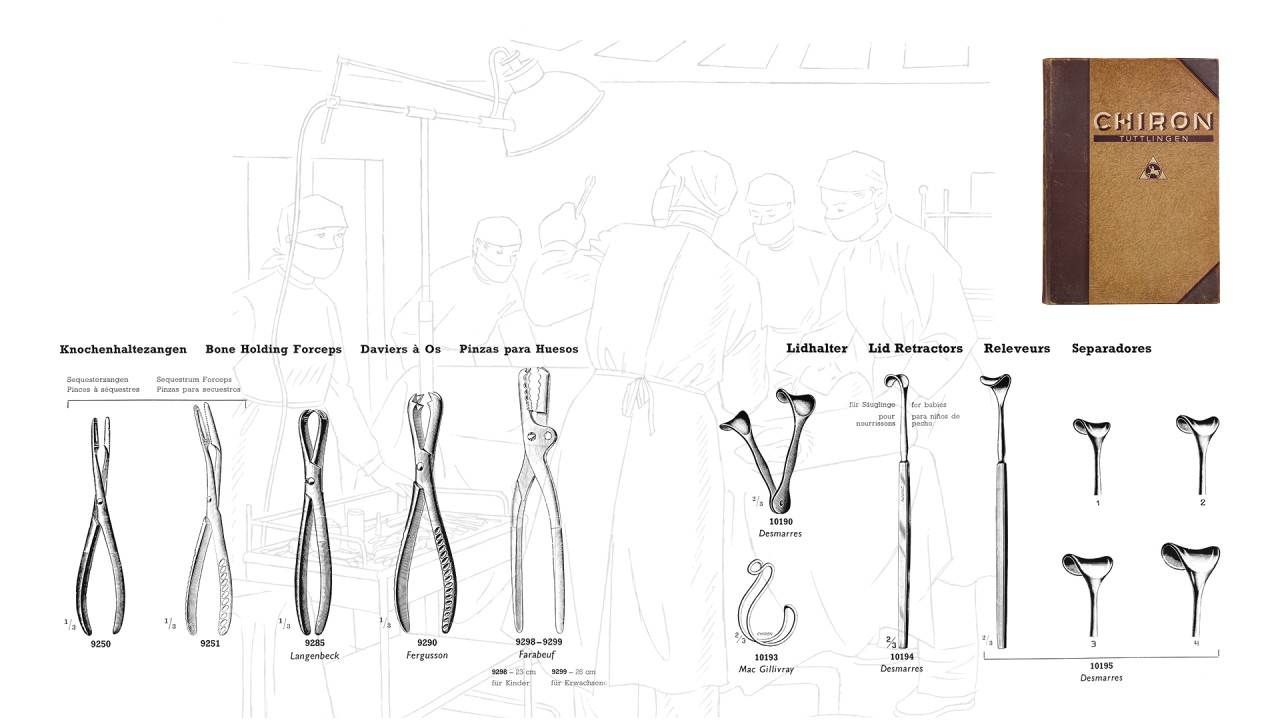
Over 562 pages, the main catalog No. 10 from the 1930s listed everything that could possibly be needed in practices and clinics as »the reliable assistants«. Around 30,000 medical technology products were listed, including retractors, blood-letting tools and chloroform instruments.
»All employees really contributed to the company becoming a world leader in the manufacture of surgical instruments, where precision and exceptional Swedish steel come together.«
Dr. Ursula Hatzelmann-Kick (née Schnell)
granddaughter of CHIRON founder Gottfried Schnell
What remained after the company's sale to Aesculap AG in
1977 was the extensive expertise that it had gained over decades concerning the
industry's complex requirements. This expertise was then incorporated into the
manufacturing technology used to produce medical technology products with a
precise and high-quality surface finish in a reproducible manner. Examples of
this are the precision+ machining centers from the CHIRON brand and the Medical
& Precision Technology Center, which was opened in 2013 at the headquarters
in Tuttlingen, Germany. This is where production-ready complete solutions made
up of machining centers, tools, clamping mechanisms and automation systems are
produced.
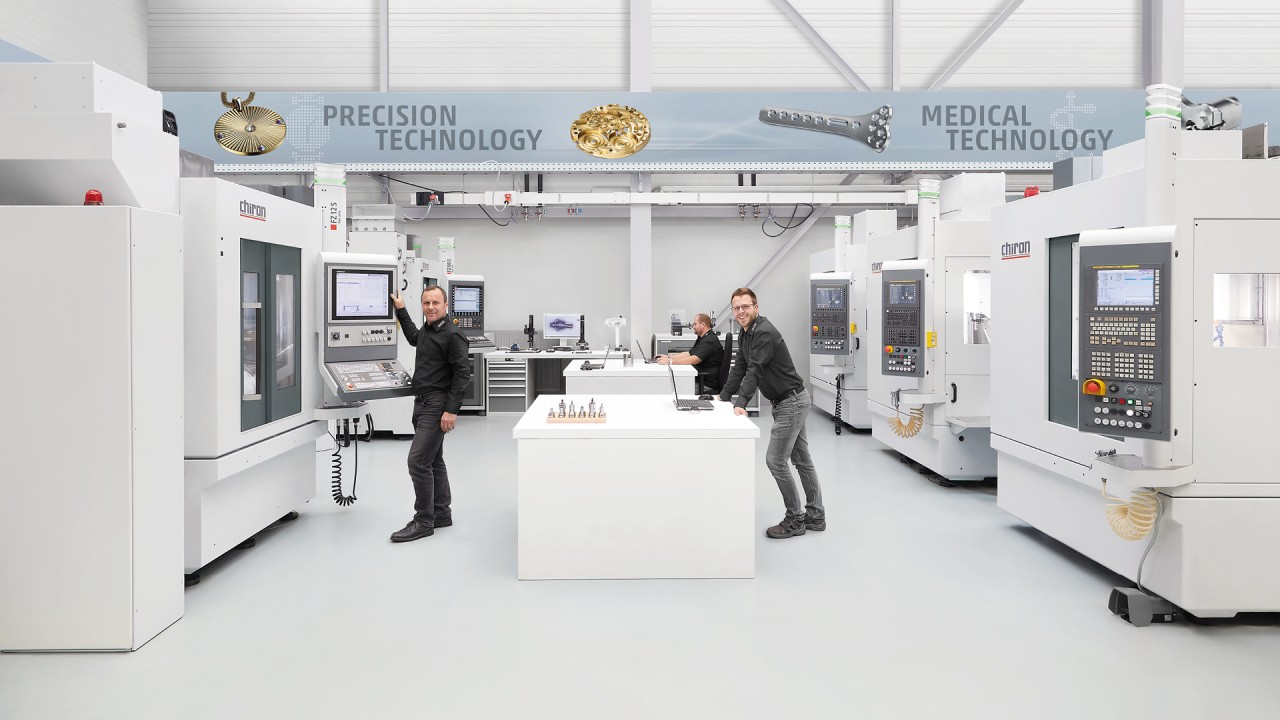
The Medical & Precision Technology Center at the headquarters in Tuttlingen, Germany. This is where production-ready complete solutions made up of machining centers, tools, clamping mechanisms and automation systems for medical technology products are produced.
Compressors:
CHIRON gives itself breathing room
The business
area of compressors started in the early 1950s with the production of
compressors for installation in trucks for the French army and Daimler-Benz and
was initially just one of many answers to the question – what can we produce
with our limited production means? CHIRON recognized that there was
significantly greater potential in compressors and pressurized-air devices than
in portable typewriters, tedders, car washing systems, hat dryers and similar
unconventional items and systematically expanded the new business area. The
product range soon extended from compressors for installation to stationary
compressor systems for a wide range of markets. For example, it included the
CHIRON-Luftikus 200, a »multipurpose compressor system« for domestic use, crop
protection devices and paint spray guns for industry and trades. High
performance, a compact design and easy access are just some of the compressors'
advantages. These are qualities that are characteristic of CHIRON across all
product areas and continue to similarly make the CHIRON Group's machining
centers stand out from the competition to this day.
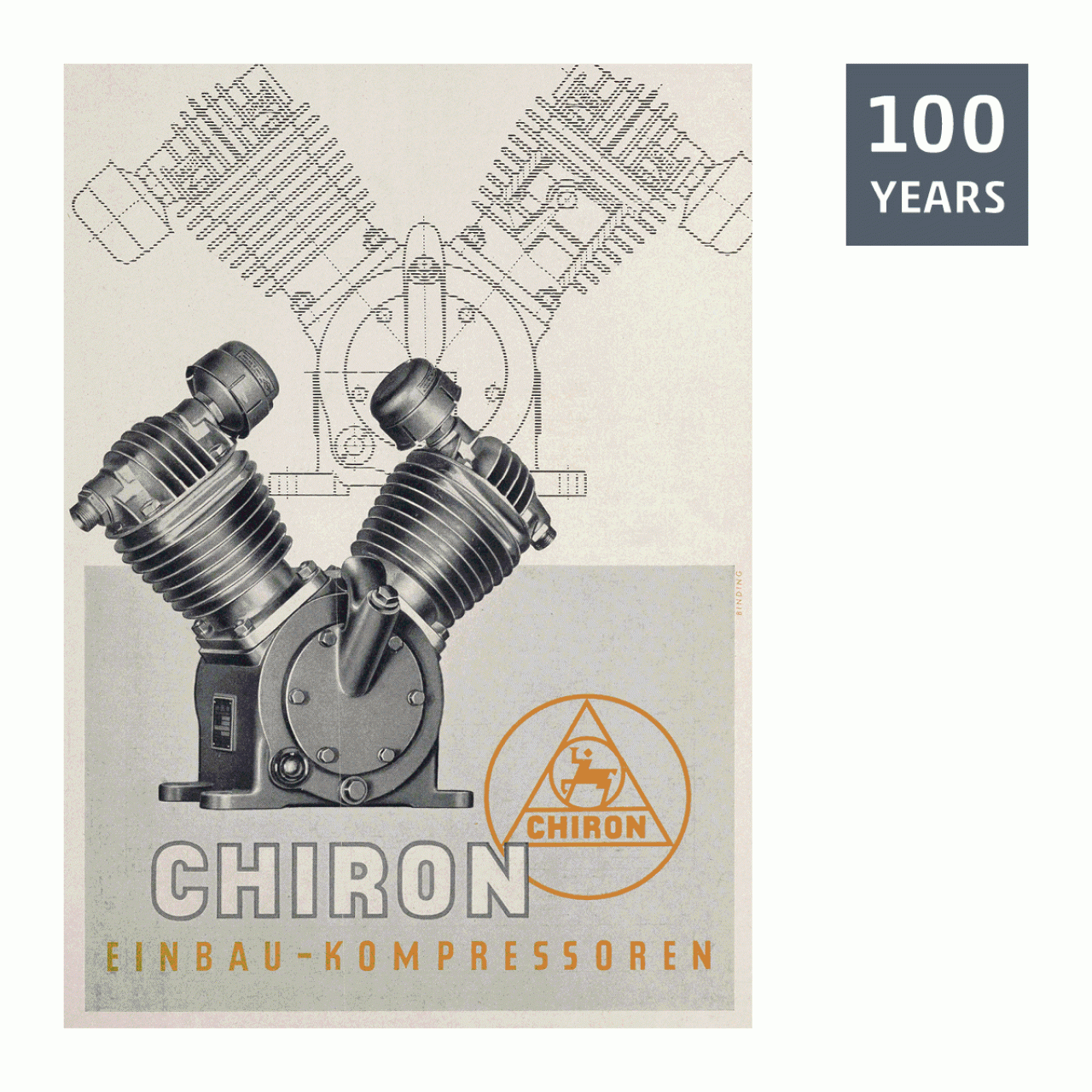
Another typical quality of CHIRON is that it intensively
engages with topics. Every year, and with each new product, the Development and
Production departments at CHIRON learned more and more about their machine
inventory. They learned which adjusting screws to turn and how to improve the
systems for metalworking so that the products were of the highest quality. This
allowed them to gradually build up expertise and they increasingly focused on
the production of compressors and low-pressure devices.
Concentration was also key during the period after CHIRON's
takeover by Hoberg & Driesch GmbH in 1957. Peter Hoberg and Toni Driesch
recognized the company's in-depth expertise in mechanical engineering that it
had built up over decades. As such, other firms' machines were adapted to the
relevant machining tasks, converted and had their functions extended. The
technicians and engineers in the R&D department had the necessary
expertise, they were innovative and flexible, and everyone in the installation
team was well-versed in the various manufacturing operations. Now, they could pool
their strengths and transfer their practical expertise to building machines.
New business
area of machining centers
CHIRON presented its first feed units for metalworking in
as early as 1958 and then further developed these units into specialized
machines for machining processes. Based on its knowledge about the specific
requirements of customers – and they had been customers of the machine
manufacturer for long enough to know – CHIRON created the perfect, individually
tailored, complete solution. Machine components, mechanisms, workbenches and
tools were combined and adjusted in such a way to enable high volumes to be
manufactured precisely and efficiently. CHIRON sold the first 801 – the first
machine and first model from the legendary series – to Roland-Werke. This
marked the start of a long series of customer-specific machining units and, if
you will, also the start of CHIRON's expertise in turnkey solutions – a service
that the CHIRON Group still provides today.
Four letters, two numbers and much more – in 1973, CHIRON
showcased its first in-house innovation, the CHIROMAT RB 32 NC. This again
demonstrated how quick the company was to recognize potential and to apply it
to practical solutions. The eight-spindle turret-head drilling machine was the
first system on the market to have numerical control. Soon after, CHIRON
established CNC technology, which was still in its infancy. This allowed
significantly faster movement of axes and tools, making for more efficient
individual and series production for customers. With the RB 32 and the
subsequent models, CHIRON had definitively positioned itself as a machine tool
manufacturer and had again successfully undergone a transformation.
From
machining units, components and bench drills, to specialized machines, NC
manufacturing centers and machining centers – one development led to another
and with every new product division and every customer-specific manufacturing
task, the mechanical engineering expertise within CHIRON was further
developing. With its innovative products and services, the CHIRON Group now
facilitates precise, productive and flexible machining in many different
industries. In addition, the company is now staying ahead of the competition by
establishing new areas of expertise and developing new products that take
customers' manufacturing processes forward – such as additive manufacturing,
digital systems and services.
The company's industry expertise in medical technology,
precision technology, mechanical engineering and tool manufacturing is drawn
from its present and past product ranges. Similarly, the company's automotive
department also has interesting links to the past.
From amphibious
to automotive vehicles
From
the »Ruck-Zuck« tire lever, to the »Pneumoskop« for checking the tire pressure
gage and car washing systems – over decades, CHIRON brought a variety of
products onto the market that were related to vehicles in the broadest sense.
The company was also quick to recognize potential in this area, but, with the
»Trippelwagen« amphibious vehicle, they were maybe slightly too early. »I think
that in developing a quick but economical car, Hans Trippel was way ahead of
his time«, concludes Erwin Liebermann, who worked at CHIRON between 1944 and
1992.
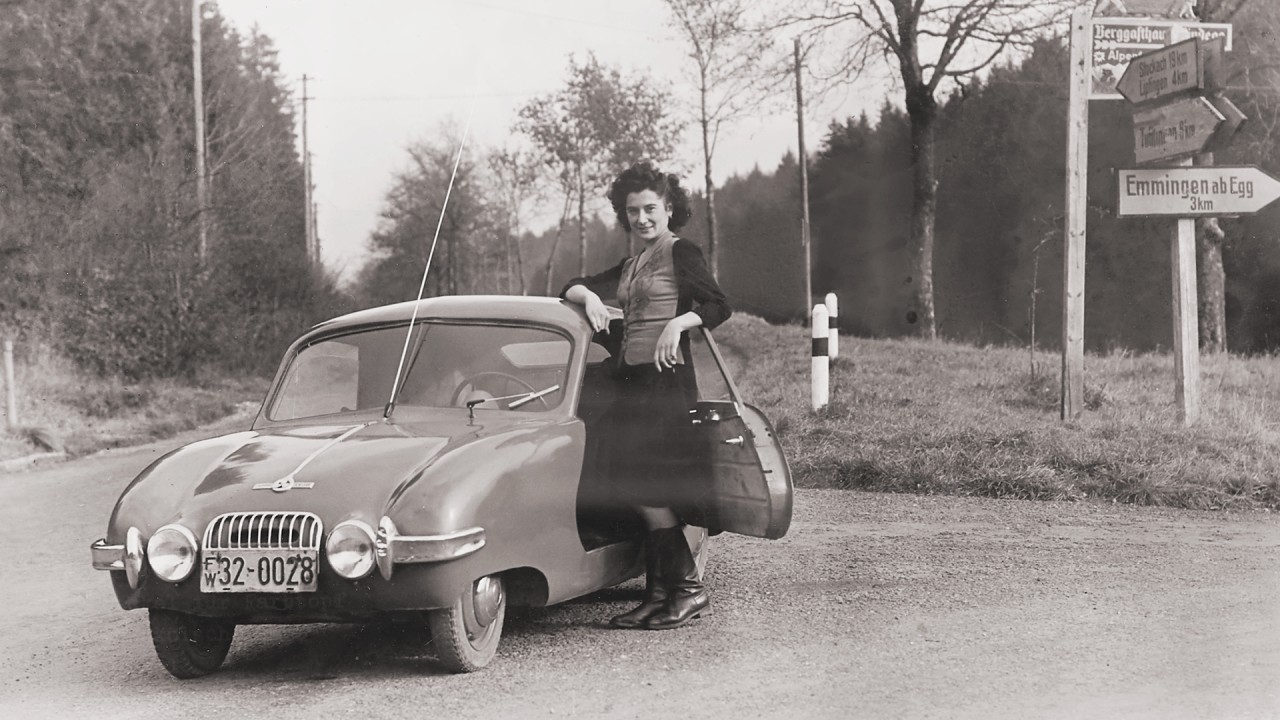
The
Trippel SK 10, developed by the son-in-law of Managing Director Fritz Kiehn in
the late 1940s, was supposed to bring CHIRON great market success and create many
new jobs. The vehicle had all of the features needed to be a hit, from a top
speed of 95 km/h, to fuel consumption of just 3.2 l per 100 km and a sporty and
streamlined design. Unfortunately, success did not come and the Trippel left
the plant site on May 8, 1951, with many eyes admiring it.
Many
employees also felt like they wanted to take the company in a new direction in
the automotive sector, for example, by developing machining centers for wheels.
In 1993, CHIRON brought the WM 02, the first »real« wheel machine, onto the
market and the CHIRON Group now manufactures machines for rim diameters of
between 16 and 26 inches. These machines work 24/7 and produce between 250,000
and 350,000 wheels per year.
Moreover,
the company also offers manufacturing centers for the 22, 25 and 28 Series.
These centers machine large and complex parts for the growth market of electric
mobility in a highly efficient manner.
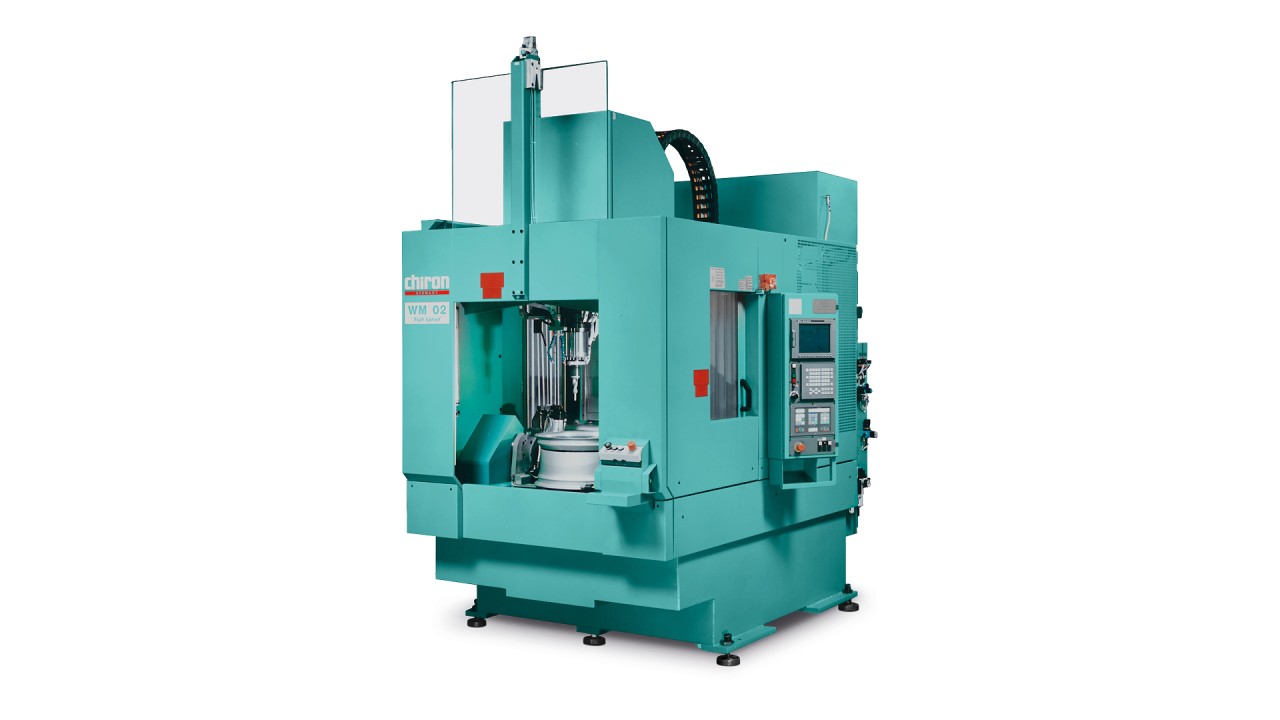
The first wheel machine, the WM 02, with all machining options for wheels of up to 16 inches in diameter.
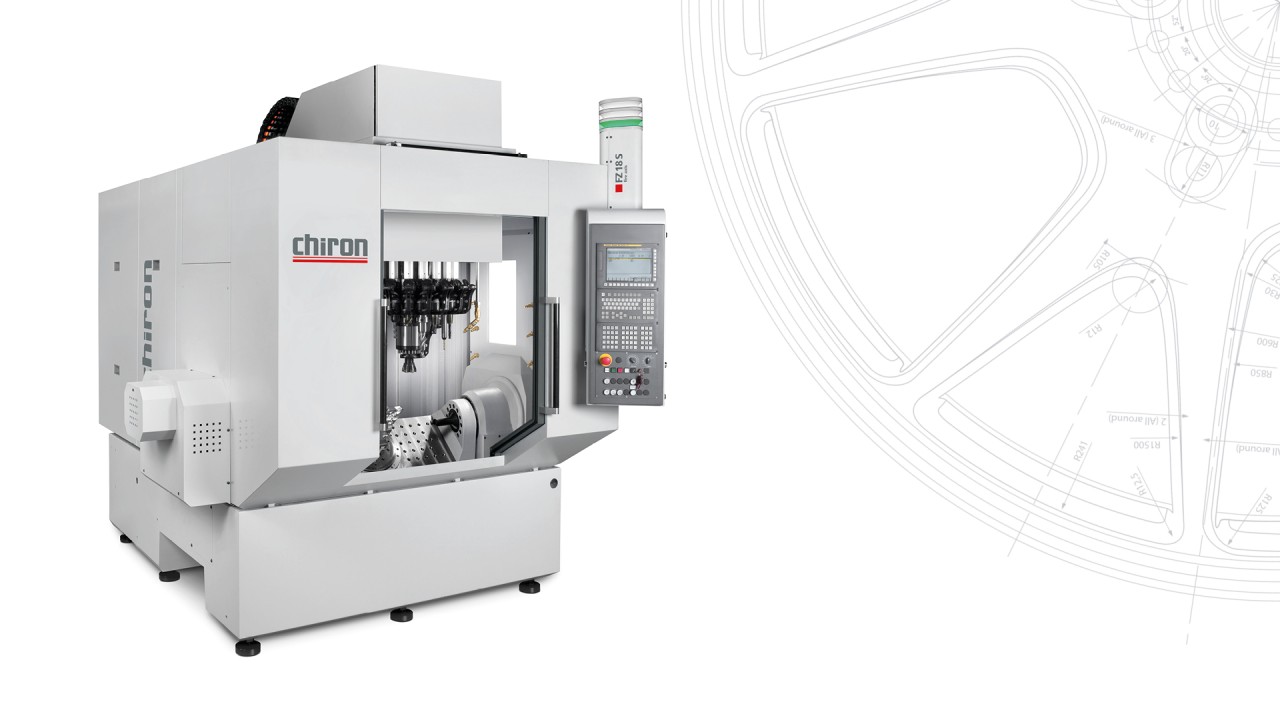
In use since 2013: The FZ 18 S five axis, designed for robust machining of truck wheels of up to 26 inches in diameter.
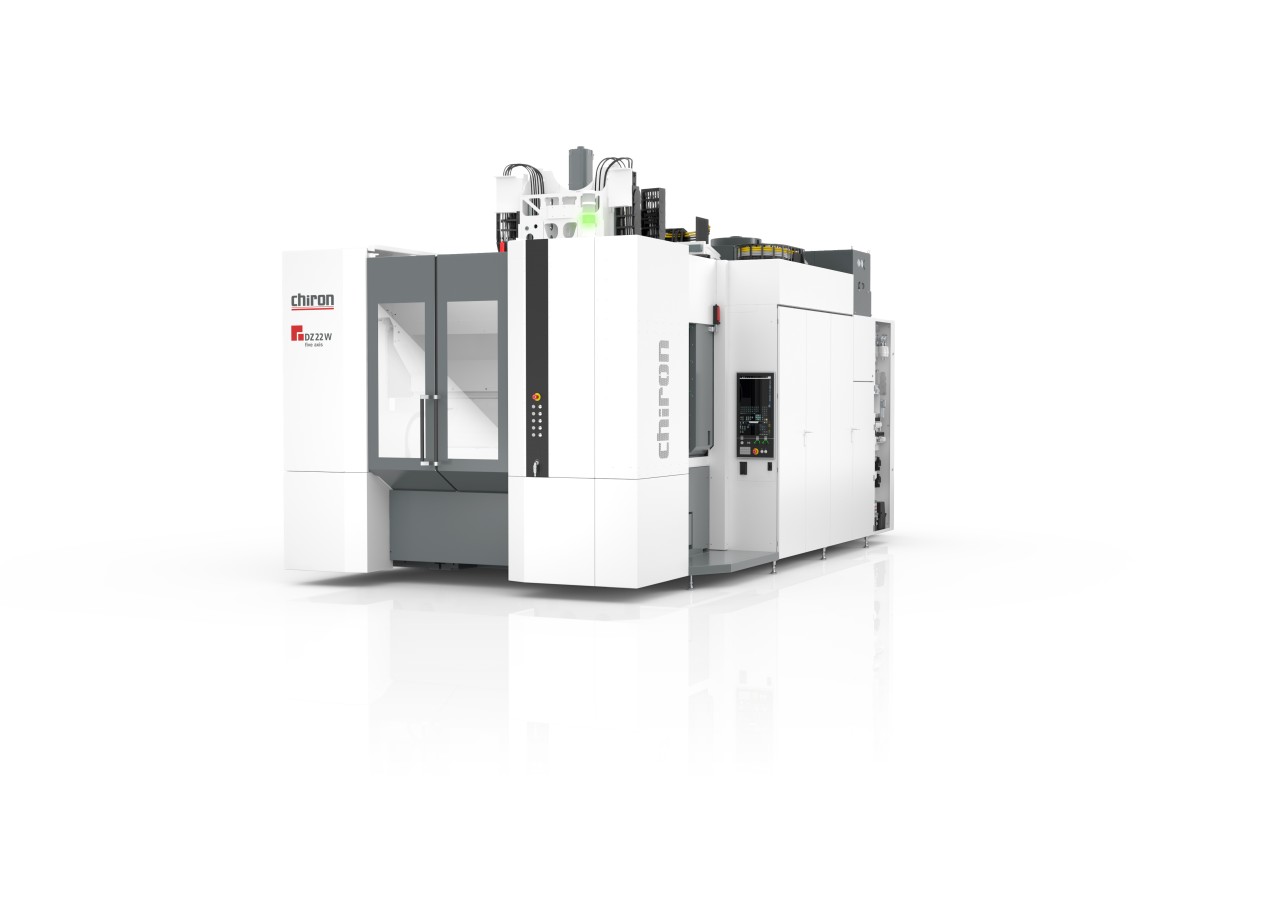
The new CHIRON 22, 25, and 28 Series with spindle distances of between 600 mm and 1,200 mm were developed as a response to current demands from customers in the automotive industry.
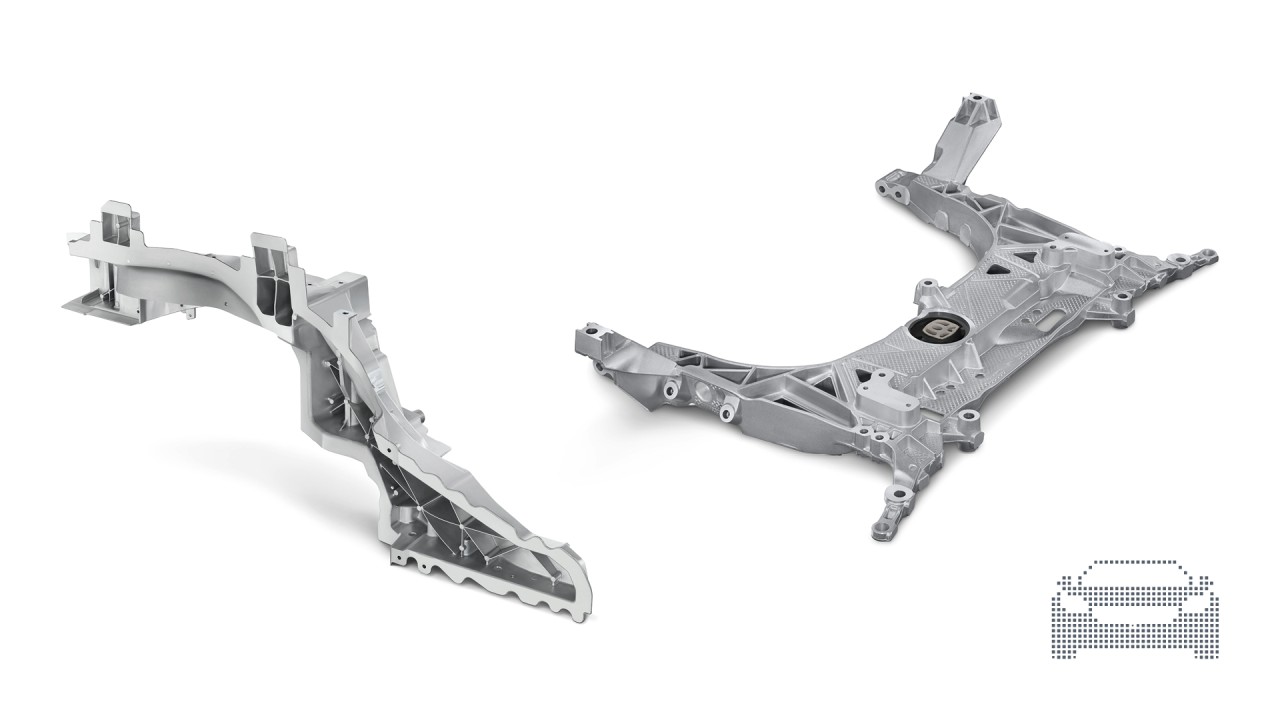
The new CHIRON Series are designed for machining large-volume and complex components such as engine subframes.



